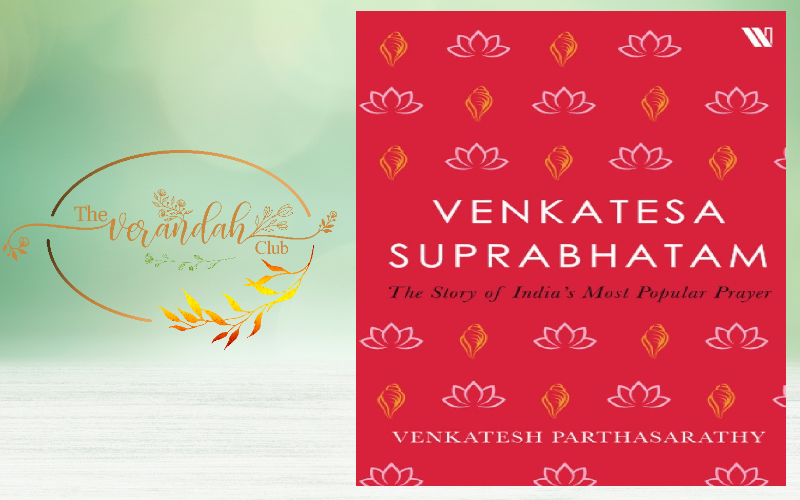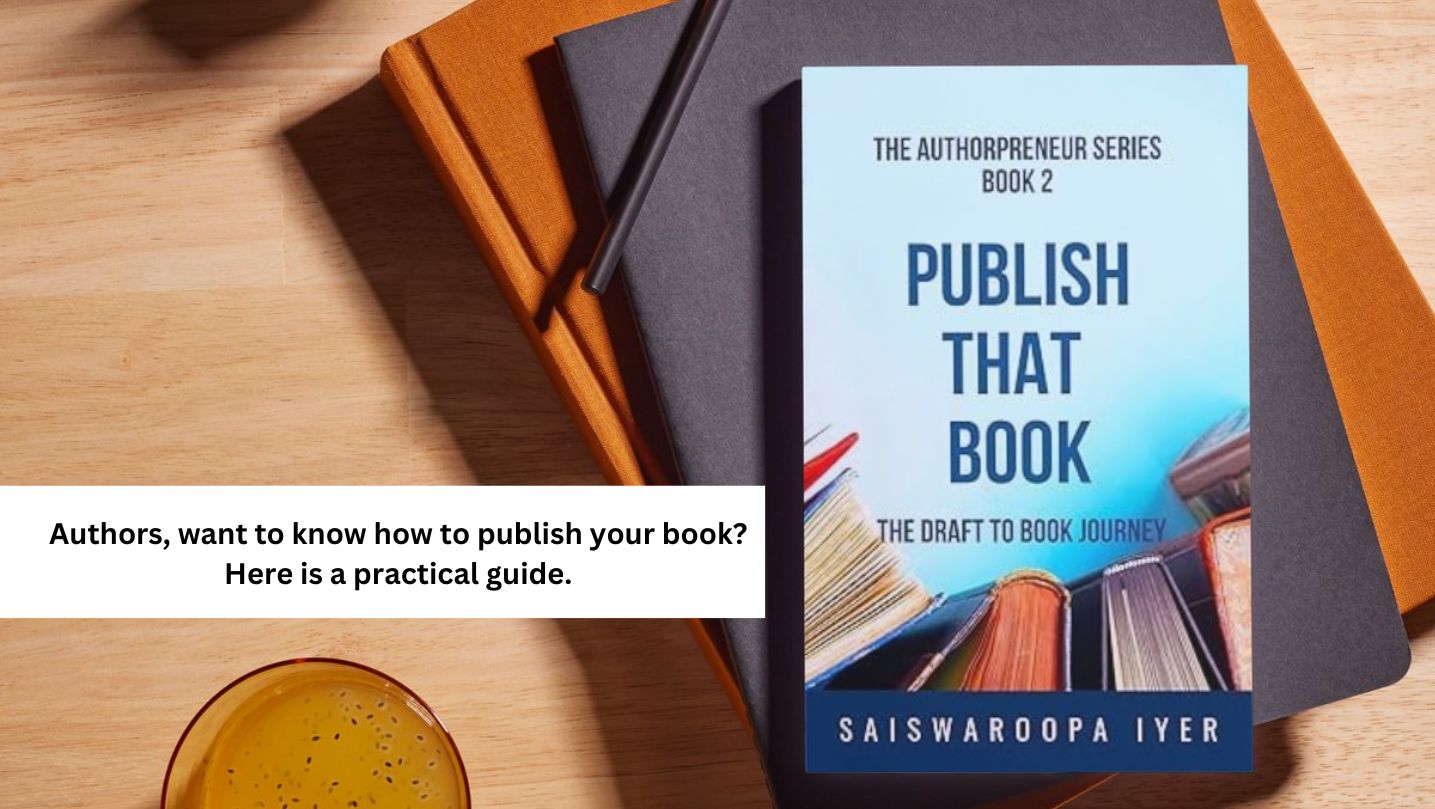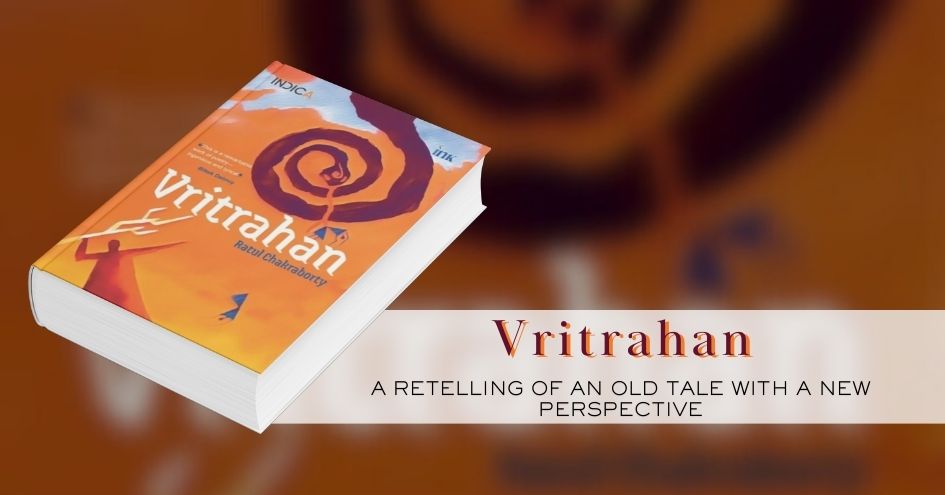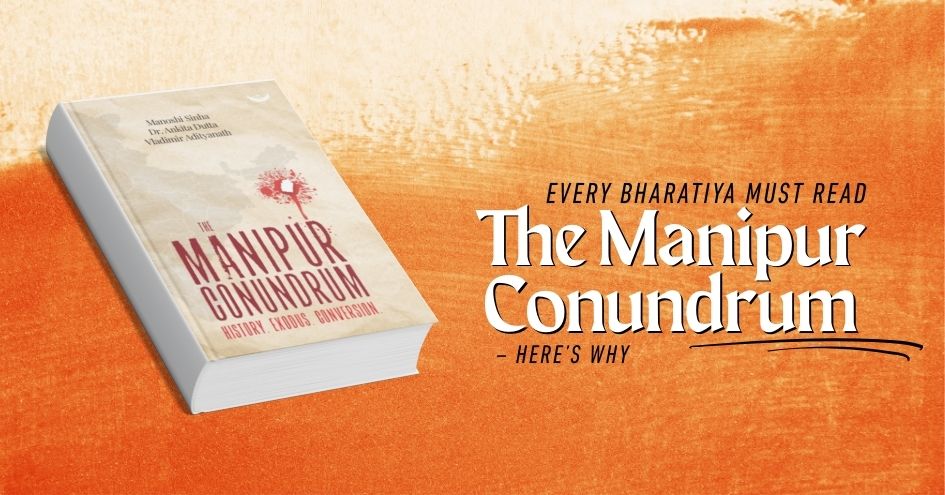
The Ramayana is known as 'Adikavyam' and the author Valmiki, the author is therefore the 'Adikavi'. The story of Maryada Purushottam Rama is the core of this epic. Lord Vishnu incarnated as Rama for the purpose of annihilating demons who included Ravana, the ruler of Sri Lanka. The verses featured in this epic have been historic. In the Bala Kandam of Ramayana, the great Sage Viswamithra seeks the assistance of Rama with regard to protecting the venue of a grand Yagna. Rama and Lakshmana travel with him to the forest. Their stay is in forest has been narrated in an interesting manner by the poet. Both the lustrous brothers sleep on a bed of leaves. They had left the comforts of their palace far behind. It was at the time of dawn that Sage Viswamithra extols Rama to get up. He does so by reciting,
“Kausalyasupraja Rama
poorva samdhya pravartate
uttishta narasardula
kartavyam daivamahnikam”
Meaning: O Rama, son of fortunate Kausalya, the eastern twilight (dawn) is breaking. Arise, O tiger among men, the morning rituals need to be performed.
The above verse occurs in chapter 23 of Balakandam. The highly acclaimed Sri Vaishnavaite scholar Prativadi Bhayankaram Anna has used this verse at the beginning of his popular prayer 'Sri Venkatesa Suprabhatam'. Rama is none other than Lord Vishnu. He is still widely worshipped with the name that he is referred to in the Rig Veda. The Suprabhatam is a popular prayer and has always appealed to everyone universally. Venkatesh Parthasarathy, domiciled at Bengaluru has explored the 'Venkatesa Suprabhatam' in a detailed manner. The book - Venkatesa Suprabhatam: The Story of India's Most Popular Prayer is the outcome of this quest. This essay is an attempt to look into the work in a brief manner.
The author, Venkatesh Parthasarathy, was born to Parthasarathy and Vijayalakshmi. He grew up in the north and has done his management degree from FMS, Delhi. This former Managing Director of Foodworld and Health & Glow, quit the corporate world in order to pursue his interests - Sanskrit and the history of the peninsular region of India. He began learning Sanskrit and has picked up the classical language pretty well.
Venkatesh had wanted to gift the translation of the famous 'Venkatesa Suprabhatam' to his father on his birthday. Therefore, he began exploring the most popular prayer of India - Venkatesa Suprabhatam. The quest seemed to take a life of its own. It turned out to be a tough journey." I would meet a wall on the way and would feel that it will not be possible to move further. However a 'happy accident' would pave the way on a path ridden with obstacles. A series of such happy accidents gave me the chance to complete this book. I am grateful to the many who helped me in this pursuit," stated the ebullient author. He is keen to study more about the times connected with Polygars who were an integral part of the three tier monarchy that had existed during the Vijayanagar era.
The author had sent in the details to the publishers Westland during the lock down period. The book got released during a time when the world was witnessing a health crisis of gargantuan proportions. Venkatesh had experienced this iconic 'Venkatesa Suprabhatam' all his life. It was being played amidst calm and chaos as well. He had heard it being played on a truck with Tamil Nadu registration one early morning at Lunkaransar in Rajasthan. Venkatesh adds further that its ubiquity is largely due to M. S. Subbulakshmi's unforgettable rendition. The Bharat Ratna awardee had given away the royalty received for the Suprabhatam to the Lord of the Seven Hills - Venkatachalapathy.
Let us now use the words of the author in order to understand the contents. "Traditionally, a Suprabhatam is supposed to have four sub divisions. The first section traces the evolution of the worship of Lord Vishnu and sets the context for the composition of the prayer. The second section includes the life of the composer, Prativadi Bhayankaram Anna himself, and attempts to estimate the date of the composition and the early history of its recitations. The third section covers the period from the sixteenth century to independence. The fourth section traces the history of recitation of the prayer since 1947. Woven through the story of the prayer are stories of the region, the system of worship, the teachers, the composers, and those who recited it."
The author's knowledge of Sanskrit is at full display throughout this work. He meanders through the text with effortless ease. Venkatesh refers to mythology and history with aplomb. He makes the reader traverse an ocean of material with joy and interest as the aids. It goes without saying that the author has done his best by making his communication lucid. He has spoken about the unique geological nature of the Seshachala Hills. It is an opportunity to further explore this geological wonder. The River Swarnamukhi finds a special place. These hills are located on the basin of this river. Chandragiri and its historic fort find mention.
Venkatesh has gone into the literary value of both - the Suprabhatam and the classical Sanskrit language in this book which happens to be the first from his stable. He brings out the essence of our history and tradition with love and interest. The author has gone all out to explain a number of things. Lay readers will get to learn about a number of things. For example - Lotus or 'Aravind' means one whose form replicates a wheel with spokes in the verse connected with Goddess Lakshmi, the spouse of Lord Vishnu. He goes on to say that at the Venkata Hill, he is described as a blue cloud with lightening as his attire, and rainbows as his ornaments.
The story of the Saptharishis find a place and there are extensive references to the Alwars and Acharyas who include - Nathamuni, Alavandar, Ramanuja, Vedanta Desika and Manavala Mamunigal. The author states that 'Praphullam' is blossoming and therefore, means that the buds are just opening. Surely our thought buds will open up and blossom on reading this book.
Venkatesh has written about his experience in Coimbatore. He had caught the smell of coconut trees and betel nut palms. The history of Prativadi Bhayankaram Anna and his association with Manavala Mamunigal is brought out well. The devotion of Prativadi Bhayankaram Anna (P. B. Anna) has resulted in the Suprabhatam becoming the most popular prayer in the country. We get to learn that the 'Thirupalli Ezhuchi' by Thondar Adi Podi Alwar must have been the indirect cause for the composition of Suprabhatam.
A number of dynasties find a mention here. The invasion and rampaging of the land by the dreaded, Malik Kafur finds a mention in this well scripted book. Rulers and Princes including Kumara Kampanna, Krishna Deva Raya , Achuta Raya and Saluva Narasimha are referred too by the author who claims our attention by stating that it is more of a historical and simple record of things. The reader is sure to appreciate the humble approach of Venkatesh Parthasarathy.
The author salutes the family of Tallapakka Annamacharya who have recited the Suprabhatam over centuries. He shared details about one 'happy accident' when had almost given up. "Vetturi Prabhakar Sastri was the person who rediscovered the copper plates which contained the compositions of Tallapakka Annamacharya. I went around seeking more information about this great family. It was not possible to find more details. Finally, I found his son Vetturi Anandamurthy at Bengaluru. The 90 plus year old gentleman gave me all the details along with references in a couple of two hour sessions. I got everything including the references," added Venkatesh. The happy author had referred to the work of P. V. R. K. Prasad , the one who had carried out a lot of work in Tirumala during his tenure as the Executive Officer of T. T. D. (Tirumala Tirupati Devasthanams).
Venkatesh Parthasarathy has also shared details about one more pursuit. "P. B. Anna's family and descendants have done really well in Tirumala and outside too. One of them was a freedom fighter whose name was used as a pun (Bhayankarachari). He had instilled fear in the minds of the British. This patriot Prativadi Bhayankaram Venkatacharya finds an entry in the Cellular Jail in Andamans. He is the only one from Andhra Pradesh. The popular playback singer, P. B. Srinivas is perhaps the heir to the musical legacy and his songs (including devotional renditions like the Mukundamala) have given joy to many. When I was on the lookout for the biography of P. B. Anna, I was lucky to meet my friend from Hyderabad over lunch in my place of domicile - Bengaluru. He was kind enough to put me on to his classmate, Sampath Prativadi, a descendent of P. B. Anna. I went to Hyderabad and met the people connected with P. B. Anna Association. It took me to the Sitarambagh Swamiji, P. B. Annangacharyulu and P. B. Phanindar. The 90 plus old descendent was a priest in the Sitarambagh Temple and he just gave me all the details connected with P. B. Anna in one go. This was one more 'happy accident.’"
The reader will get to learn that it was P. V. Anantasayanam who taught the Venkatesa Suprabhatam to M. S. Subbulakshmi those days. The great singer had sought the benediction of the Sage of Kanchi - His Holiness Chandrashekhara Saraswathi before beginning her sojourn with the Venkatesa Suprabhatam. Her huge statue in Tirupati is a permanent recognition to her singular contribution.
"The revenues of the Temple of Lord Venkataswara went into the hands of the East India Company during the middle of the eighteenth century and these huge finances had helped them to use these resources in their wars in against our country. The wealth and income of Lord Venkateswara had helped the English to consolidate themselves in our country. The Maratha records are interesting too. They are known for the meticulous approach. They exceed anyone else in terms of sheer volume. There is a Marathi manuscript called the ‘Tirumala Devasthana Nitya Karma Puja’ which was written by a certain Narain Rao Shastri records the rituals in Tirumala around circa 1750 C.E., when the Marathas briefly administered the temple - whoever publishes it will be doing great service to posterity," chuckled the author. The low profile Venkatesh acknowledges the role of each and every person including his wife Kalpana and son, Siddharth.
Venkatesh captures the moment with an extract from the essay of veteran journalist A.J.Philip, "We lived at the foot of Chuttipara , a mountainous rock that spread over a kilometre. Legend has it that Ram and Sita spent some time in a cave on this rock during their 'vanvas'.... One morning we woke up to hear that an idol of God was found on the rock... thousands from far and near began flocking to the makeshift temple that was soon erected on this rock. The shrine acquired a powerful mike set donated by a rich devotee. It would come alive on dot by 5 AM with a recorded Carnatic rendition.....My mother was the first to see an opportunity in the unsolicited alarm service of the temple. Why not ask us to get up and study?.... Mother could only force to open the books and not persuade us to read them... Gradually the inevitable happened. I began listening to the stotras that wafted through the air... It was the Sri Venkateswara Suprabhatam sung by M. S. Subbulakshmi. Unconsciously my tryst with Carnatic music had begun... My mornings were never complete if I did not hear her Suprabhatam… With each listening, I felt its appeal grew greater and greater for me... M. S. broke the stereotype that the North Indians did not like Carnatic music as her concerts, whether at Patiala or Patna, were always a hit. Little did I realise that she also proved to the contrary that Christians did not like Hindu devotional songs."
The author has written about the rendition of Radha Viswanathan along with M. S. Viswanathan. The words of her father, Sadasivam (husband of M. S. Subbulakshmi) state that it was money of the devotees who wished to listen to the Venkatesa Suprabhatam that flowed into the coffers of Lord Venkateswara. Venkatesh has written elaborately about the Suprabhata Seva at Tirumala.
A number of pages are devoted to the material referred to for producing this work. It is elaborate and will be of great use to the ones interested in a further study of related subjects. The list of libraries and resource people add to the wealth of this work. We also learn that the Tirumala Temple somehow managed to stay out of zone of marauders for several centuries. Perhaps, Kaliyuga Varada Venkateswara decreed it so.
Venkatesh is all humility while stating that he hopes that someone with greater ability will perhaps walk this path again. He submits by stating the words,"... Why me? I have been asked (and I have asked myself) this question many times in the last few years. All I know is that every time I sat down to type - even if it was only ten words - I became happy and without fear and that was worth every moment."
He adds further by stating that, "As new listeners emerge and old listeners find new things to like about the Venkatesa Suprabhatam, it is important that listeners remember all those - celebrated or obscure - who sustained this prayer as a living tradition through thick and thin for the last six centuries. Doing so makes one remember that faith is born and sustained in humility."
NEXT ARTICLE

Saiswaroopa Iyer is an author who needs no introduction. She is one of the authors who pioneered Puranic fiction in India with books exploring tales f...

Indra killed Vritra using his Vajra. Once again, good won over evil and dharma over adharma. This is a story most Bharatiyas know. The story is a pa...

The recently-released book on Manipur titled The Manipur Conundrum – History. Exodus. Conversion. – is the result of tiring efforts by three Bharatiya...